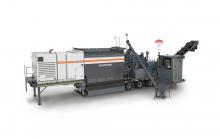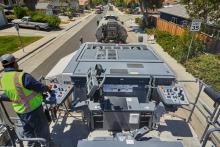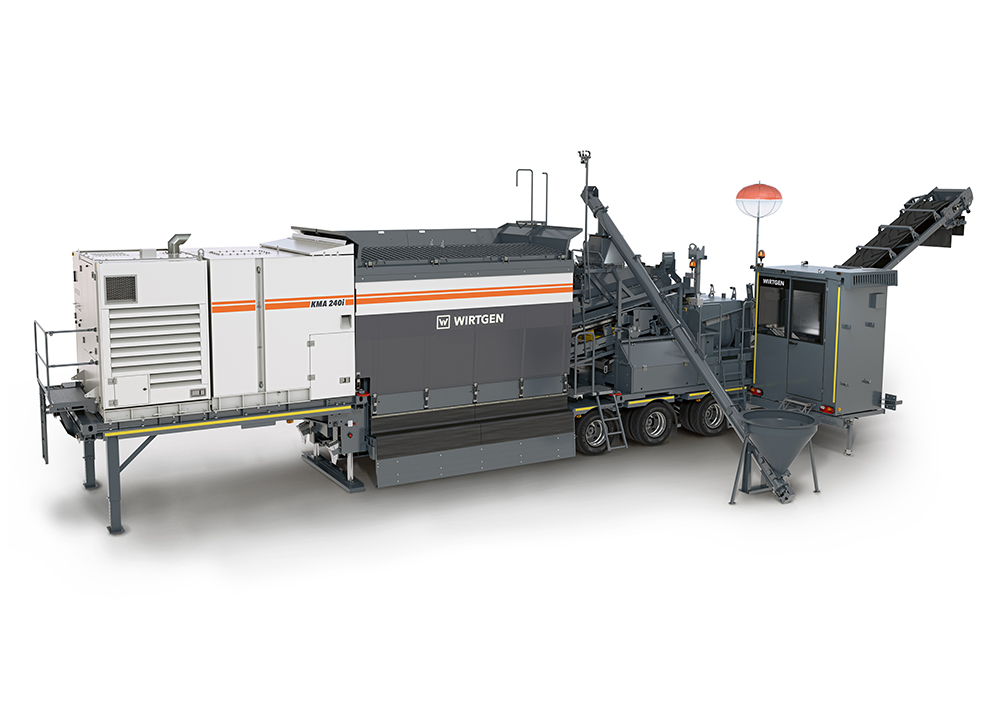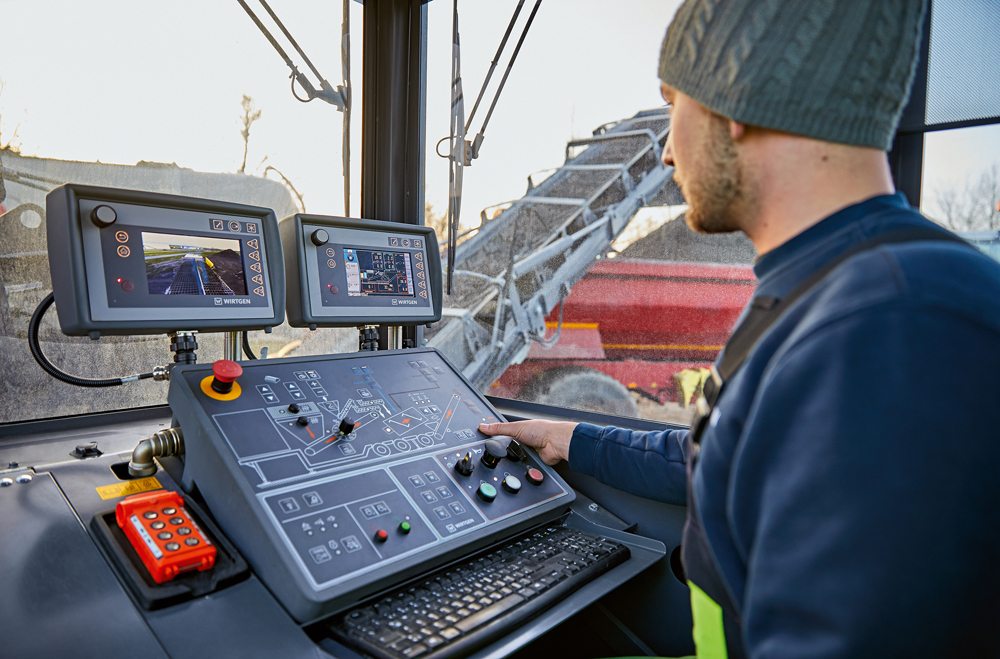
The equipment meets a need for cold, in-plant recycling tasks and is highly versatile as its mobility allows it to be set up near the jobsite. This saves time, truck capacity, and also makes it possible to achieve up to 60% fewer CO2 emissions through cold processing, a 50% reduction in construction times, and 50% lower construction costs.
The KMA 240(i) cold recycling mixing plant produces mix that can be paved immediately and is suitable for the production of various types of bound base layers. In addition to cement-treated base layers (CTB) and roller-compacted concrete (RCC), the machine can also be used to produce bituminous bound base layers (with emulsion or foamed bitumen). The different mixes can be used for a wide range of applications, from highway construction to road and path construction to the construction of parking lots.
Roads built using this technology are said to offer high bearing capacity, resistance to deformation, and long service life.
The company claims that the equipment allows 100% of the existing material to be reused, eliminating waste and reducing the need for material to be transported to the jobsite by 90%. A reduction in the use of new materials of 90% can be achieved while the unit cuts the use of binding agents by 50%.
Silos or tank trucks supply the cold recycling mixing plant with binding agents, such as hot bitumen, bitumen emulsion, and cement. The precise metering of the input materials and binding agents is monitored by a proven microprocessor control system. In use, the KMA 240(i) then loads the new, homogeneous construction material mixture directly onto trucks or continuously deposits it onto a stockpile.
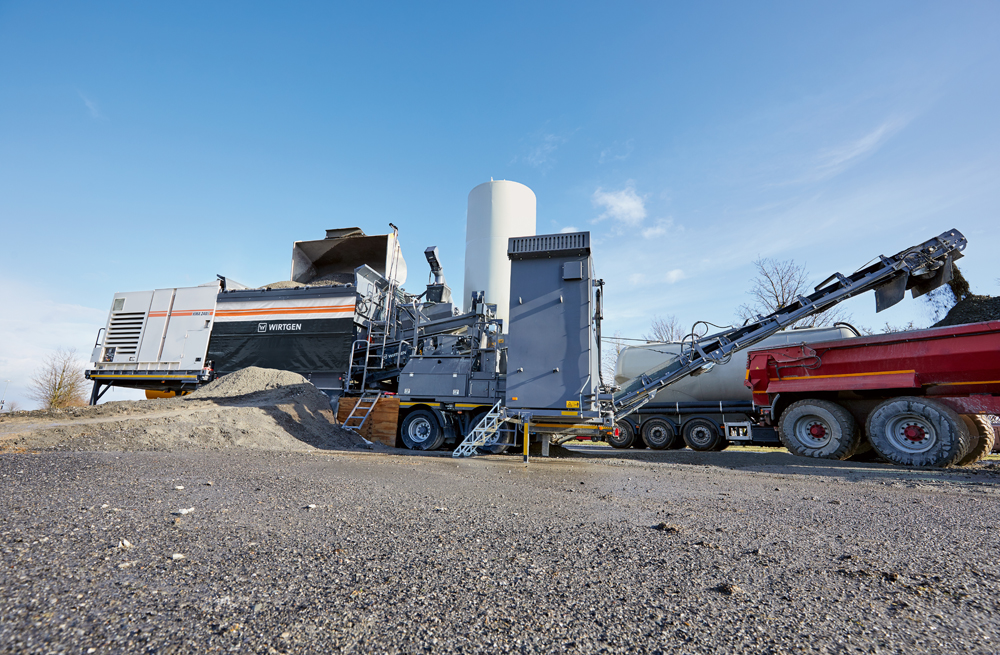
The latest generation KMA 240(i) mobile cold recycling mixing plant can produce 240tonnes of mix/hour from various construction materials. During rehabilitation of the apron as well as the refuelling and de-icing area at Paderborn-Lippstadt Airport, the requirements included the increased compressive strength of the new cement-treated base layer (CTB) in addition to a high mixing capacity.
For this project, the KMA 240(i) processed 5,500 tons of construction materials in only seven days, producing ready-to-pave mix in the process. Prior to this, the contractor, Oevermann, had already milled off the 15,000m2 asphalt surface of the jobsite with a Wirtgen W 220(i) cold milling machine and stockpiled the removed material in an adjacent parking lot together with crushed limestone 0/5 that was being used as an additive. Both construction materials were fed by wheeled loader into the hopper of the KMA at a ratio of 80% milled material to 20% limestone. The materials were processed in the twin-shaft pugmill together with cement as the binding agent and water to produce a high-quality mix.
Usually, the uniaxial compressive strength of such mixes is 5–7MPa. In this case, however, the CTB was required to meet increased demands and achieve a compressive strength of 12.5–15MPa. For this reason, the operator of the KMA 240(i) decided to increase the amount of cement added to the construction material mix of milled granulate and limestone to 10% as opposed to the usual 5–6%. With 800tonnes of cement mix produced/day, the downstream paving equipment was also in continuous operation. After a grader had evenly distributed the material across the individual sections, two Hamm 3412 compactors were used for compaction of the new CTB.

